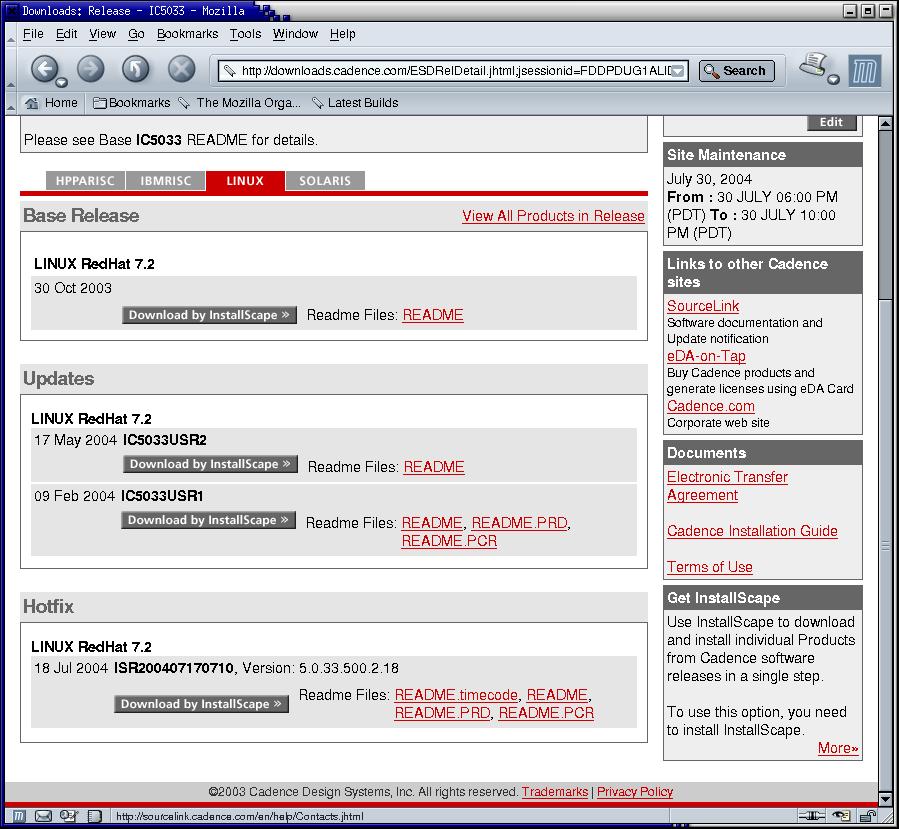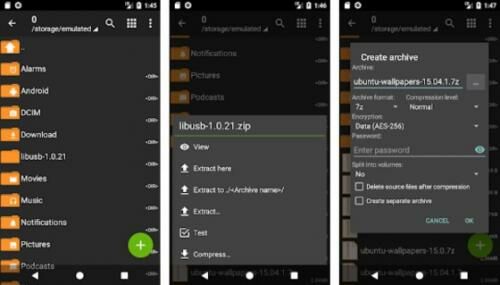Cadence Software Install Guide

After installing the License Manager software and products on a file server, you can set up remote client computers. The file server can be any computer on. ‘Software Installation Guide’ (v1.1 – Jan 2017) SECTION C – Activating your software Once installed, Cadence products are activated by the Licence Manager. The Licence Manager utility allows you to undertake two types of installations: - a Standalone PC (including PC dongle) Installation (preferred for users who are not generally.
In this Video, I share the installation procedure of Cadence IC617 and rest of the cadence tools (like MMSIM INNOVUS ASSURA etc.) installation are in same manner. I share the two way of installation of Cadence tools in which first one download the cadence tools from cadence website and installed through ISCAPe (Installscape) and second one if cadence provide tools DVD which are already installed file and converted to installed file into tar, for that just untar or extract if that tar file in the form of parts firstly combine then untar.
I recently found out about the i3 window manager it is a tiling window manager (workspaces come into the picture too) I was wondering it anyone has any experience using it with Cadence Virtuoso? Is it difficult to manage it? Does it need any SKILL support within Cadence. What do you generally think about using something like that with Cadence Virtuoso?
I personally haven't tried it, but I would like to check it out since I am a bit annoyed with having to manually resize and/or move many windows around when I'm doing my projects. Think about it.ADE, ViVA, Schematic, Layout, Library Manager, CIW.and you always open more. I use it and can highly recommend it. It has several modes. Primarily the window tile.
So naturally they are equally sized and arrange themselves so they don't overlap and they cover the screen. This is not a good mode for the use with the Cadence software, because some windows want to be big and some want to be small (the CIW wants to be small and the schematics or waveform windows want to be large). A second mode is floating, meaning you can take individual windows out of tiling mode and have them float over the tiled windows. This is also not a good model for the Cadence software. It takes you back to the clutter problem you currently have.
The third mode is stacking mode. In this case the windows are all full sized, but they stack on top of each other. Generally I dedicate one desktop to the Cadence software, and with this stacking mode each window takes the full screen. Then I use Alt-J to go to the next window down on the stack or Alt-K to go to the next window up. It makes it very fast to switch between the windows (mouse is not required), and the title bars of each of the windows is always visible so you can always find what you want.
I teach a lot of classes where the students are using ADE, and they are constantly hunting for obscured windows. It is a huge waste of time.
I never have that problem when I am using i3. I just tried i3 on my laptop and love it (still a noob though). I don't have any Cadence software on my laptop so I can't check directly.
What I realised is that if a floating window opens you can push it back into a tile and resize it.  It's certainly faster than grabbing my mouse. I see your point with the stacking and I can see why it might be the best for me too. - I just thought of the many Cadence windows that open with obscure sizing and hide away buttons.if you stack them in full page you see everything in just two keystrokes. Although I saw more comparison with vi, for me the i3 actually sits close to Emacs.
It's certainly faster than grabbing my mouse. I see your point with the stacking and I can see why it might be the best for me too. - I just thought of the many Cadence windows that open with obscure sizing and hide away buttons.if you stack them in full page you see everything in just two keystrokes. Although I saw more comparison with vi, for me the i3 actually sits close to Emacs.
I also noticed my battery made a huge jump (up) when I left Unity. That I did not expect to be so drastic.!! Thanks for your reply Ken! Now I have to hunt down the IT guys at my work to give me i3 asap. Do you have any special configuration tips you could share? Oh, here is a suggestion. I love the idea of navigating around in programs or between programs without using the mouse and instead using the Vim navigation keys (hjkl / G gg, etc.).
I have been surprised by how many programs either naturally accept them, or can be configured to accept them. I3 uses them, of course. I also found a plugin for Firefox called pentadactyl that makes the browser accept most of the vim commands.